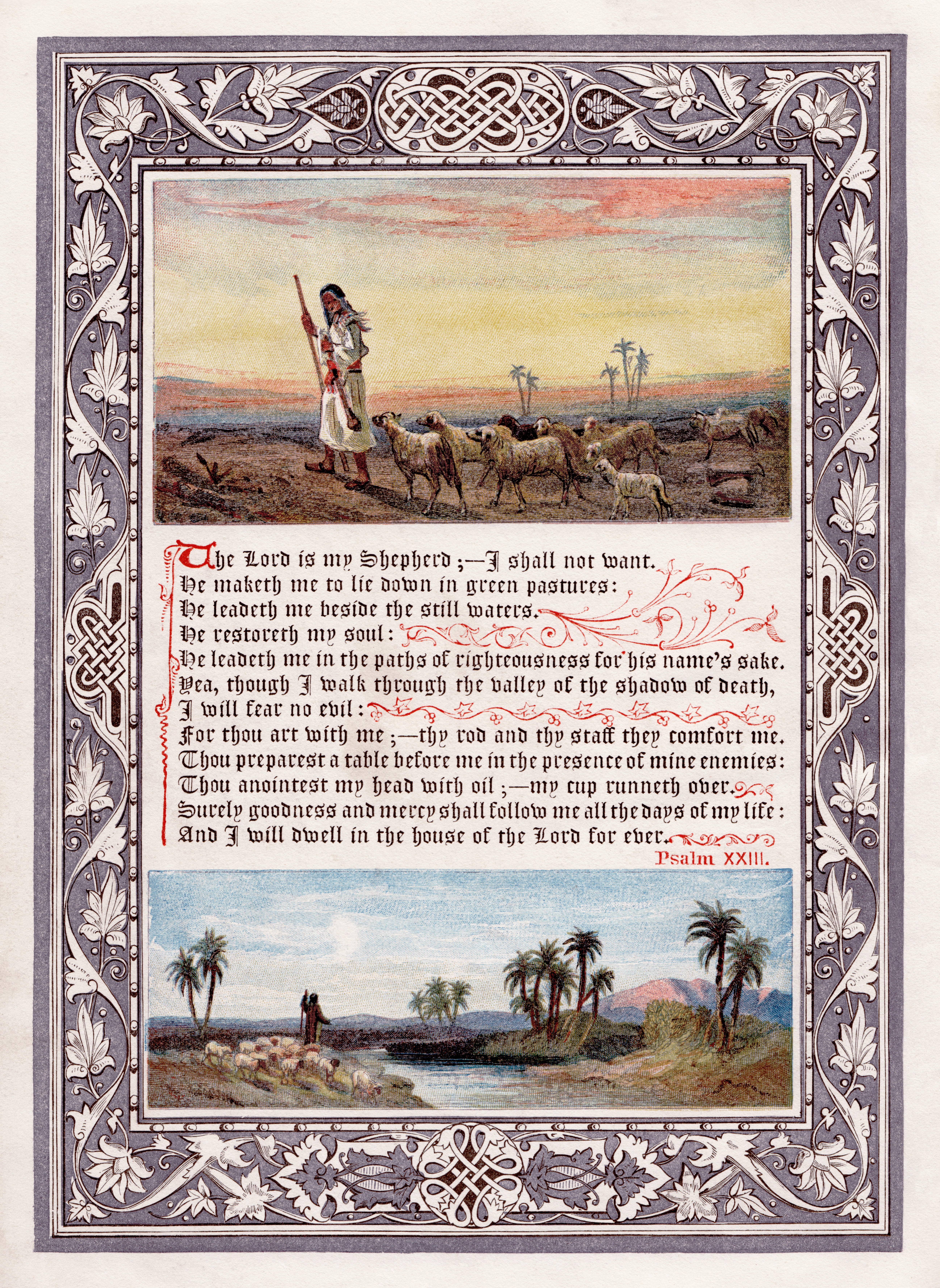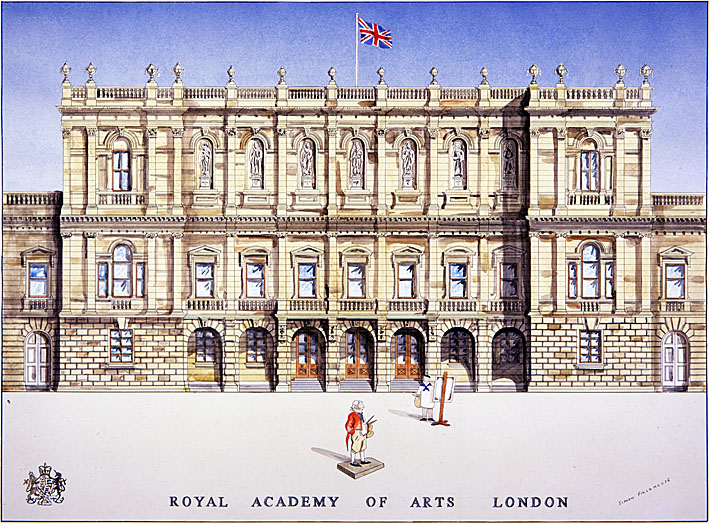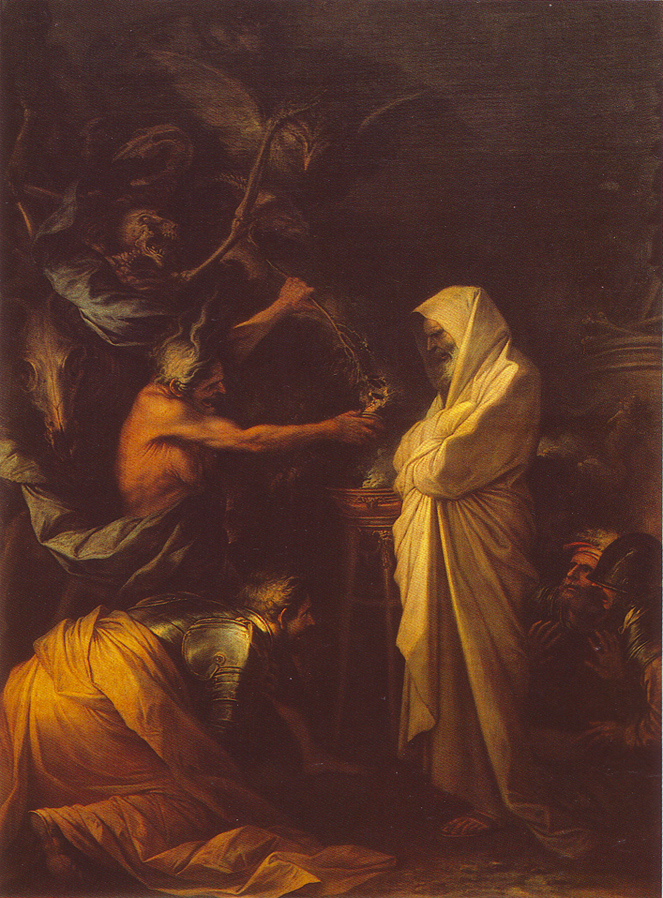|
Samuel Morse
Samuel Finley Breese Morse (April 27, 1791 – April 2, 1872) was an American inventor and painter. After establishing his reputation as a portrait painter, Morse, in his middle age, contributed to the invention of a Electrical telegraph#Morse system, single-wire telegraph system based on European telegraphs. He was a co-developer of Morse code in 1837 and helped to develop the commercial use of telegraphy. Personal life Samuel F. B. Morse was born in Charlestown, Boston, Massachusetts, the first child of the pastor Jedidiah Morse, who was also a geographer, and his wife Elizabeth Ann Finley Breese. His father was a great preacher of the Calvinism, Calvinist faith and supporter of the Federalist Party. He thought it helped preserve Puritan traditions (strict observance of Christian Sabbath, Sabbath, among other things), and believed in the Federalist support of an alliance with Britain and a strong central government. Morse strongly believed in education within a Federalist f ... [...More Info...] [...Related Items...] OR: [Wikipedia] [Google] [Baidu] |
Boston
Boston is the capital and most populous city in the Commonwealth (U.S. state), Commonwealth of Massachusetts in the United States. The city serves as the cultural and Financial centre, financial center of New England, a region of the Northeastern United States. It has an area of and a population of 675,647 as of the 2020 United States census, 2020 census, making it the third-largest city in the Northeastern United States after New York City and Philadelphia. The larger Greater Boston metropolitan statistical area has a population of 4.9 million as of 2023, making it the largest metropolitan area in New England and the Metropolitan statistical area, eleventh-largest in the United States. Boston was founded on Shawmut Peninsula in 1630 by English Puritans, Puritan settlers, who named the city after the market town of Boston, Lincolnshire in England. During the American Revolution and American Revolutionary War, Revolutionary War, Boston was home to several seminal events, incl ... [...More Info...] [...Related Items...] OR: [Wikipedia] [Google] [Baidu] |
Religious Tract Society
The Religious Tract Society was a British evangelical Christian organization founded in 1799 and known for publishing a variety of popular religious and quasi-religious texts in the 19th century. The society engaged in charity as well as commercial enterprise, publishing books and periodicals for profit. Periodicals published by the RTS included '' Boy's Own Paper'', '' Girl's Own Paper'' and '' The Leisure Hour''. In 1935, it merged into what is today the United Society for Christian Literature. Formation and early history The idea for the society came from the Congregationalist minister George Burder, who raised the idea while meeting with the London Missionary Society (founded in 1795) in May 1799. It was formally established on 10 May 1799, having a treasurer, a secretary, and ten committee members, with members required to " ubscribehalf a guinea or upwards annually". Its initial membership was drawn from the London Missionary Society, and included: * David Bogue, Indep ... [...More Info...] [...Related Items...] OR: [Wikipedia] [Google] [Baidu] |
Renaissance
The Renaissance ( , ) is a Periodization, period of history and a European cultural movement covering the 15th and 16th centuries. It marked the transition from the Middle Ages to modernity and was characterized by an effort to revive and surpass the ideas and achievements of classical antiquity. Associated with great social change in most fields and disciplines, including Renaissance art, art, Renaissance architecture, architecture, politics, Renaissance literature, literature, Renaissance exploration, exploration and Science in the Renaissance, science, the Renaissance was first centered in the Republic of Florence, then spread to the Italian Renaissance, rest of Italy and later throughout Europe. The term ''rinascita'' ("rebirth") first appeared in ''Lives of the Artists'' () by Giorgio Vasari, while the corresponding French word was adopted into English as the term for this period during the 1830s. The Renaissance's intellectual basis was founded in its version of Renaiss ... [...More Info...] [...Related Items...] OR: [Wikipedia] [Google] [Baidu] |
Royal Academy
The Royal Academy of Arts (RA) is an art institution based in Burlington House in Piccadilly London, England. Founded in 1768, it has a unique position as an independent, privately funded institution led by eminent artists and architects. Its purpose is to promote the creation, enjoyment and appreciation of the fine arts through exhibitions, education and debate. History The origin of the Royal Academy of Arts lies in an attempt in 1755 by members of the Royal Society of Arts, Society for the Encouragement of Arts, Manufactures and Commerce, principally the sculptor Henry Cheere, to found an autonomous academy of arts. Before this, several artists were members of the Society for the Encouragement of Arts, Manufactures and Commerce, including Cheere and William Hogarth, or were involved in small-scale private art academies, such as the St Martin's Lane Academy. Although Cheere's attempt failed, the eventual charter, called an 'Instrument', used to establish the Royal Academy of ... [...More Info...] [...Related Items...] OR: [Wikipedia] [Google] [Baidu] |
Benjamin West
Benjamin West (October 10, 1738 – March 11, 1820) was a British-American artist who painted famous historical scenes such as ''The Death of Nelson (West painting), The Death of Nelson'', ''The Death of General Wolfe'', the ''Treaty of Paris (painting), Treaty of Paris'', and ''Benjamin Franklin Drawing Electricity from the Sky''. Entirely self-taught, West soon gained valuable patronage and toured Europe, eventually settling in London. He impressed King George III and was largely responsible for the launch of the Royal Academy of Arts, Royal Academy, of which he became the second president (after Sir Joshua Reynolds). He was appointed historical painter to the court and Surveyor of the King's Pictures. West also painted religious subjects, as in his huge work ''The Preservation of St Paul after a Shipwreck at Malta'', at the Chapel of St Peter and St Paul at the Old Royal Naval College in Greenwich, and ''Christ Healing the Sick'', presented to the National Gallery. Early li ... [...More Info...] [...Related Items...] OR: [Wikipedia] [Google] [Baidu] |
Washington Allston
Washington Allston (November 5, 1779 – July 9, 1843) was an American painter and poet, born in Waccamaw Parish, South Carolina. Allston pioneered America's Romantic movement of landscape painting. He was well known during his lifetime for his experiments with dramatic subject matter and his bold use of light and atmospheric color. While his early artworks concentrate on grandiose and spectacular aspects of nature, his later pieces represent a more subjective and visionary approach. Biography Allston was born on a rice plantation on the Waccamaw River near Georgetown, South Carolina. His mother Rachel Moore had married Captain William Allston in 1775, though her husband died in 1781, shortly after the Battle of Cowpens. Moore remarried to Dr. Henry C. Flagg, the son of a wealthy shipping merchant from Newport, Rhode Island. Named in honor of the leading American general of the Revolution, Washington Allston graduated from Harvard College in 1800 and moved to Charleston, ... [...More Info...] [...Related Items...] OR: [Wikipedia] [Google] [Baidu] |
Samuel Finley Breese Morse - Samuel F
Samuel is a figure who, in the narratives of the Hebrew Bible, plays a key role in the transition from the biblical judges to the United Kingdom of Israel under Saul, and again in the monarchy's transition from Saul to David. He is venerated as a prophet in Judaism, Christianity, and Islam. In addition to his role in the Bible, Samuel is mentioned in Jewish rabbinical literature, in the Christian New Testament, and in the second chapter of the Quran (although the text does not mention him by name). He is also treated in the fifth through seventh books of ''Antiquities of the Jews'', written by the Jewish scholar Josephus in the first century. He is first called "the Seer" in 1 Samuel 9:9. Biblical account Family Samuel's mother was Hannah and his father was Elkanah. Elkanah lived at Ramathaim in the district of Zuph. His genealogy is also found in a pedigree of the Kohathites (1 Chronicles 6:3–15) and in that of Heman the Ezrahite, apparently his grandson (1 Chronicles 6 ... [...More Info...] [...Related Items...] OR: [Wikipedia] [Google] [Baidu] |
Utica, New York
Utica () is the county seat of Oneida County, New York, United States. The tenth-most populous city in New York, its population was 65,283 in the 2020 census. It is located on the Mohawk River in the Mohawk Valley at the foot of the Adirondack Mountains, approximately west-northwest of Albany, east of Syracuse and northwest of New York City. Utica and the nearby city of Rome anchor the Utica–Rome metropolitan area comprising all of Oneida and Herkimer counties. Formerly a river settlement inhabited by the Mohawk Nation of the Iroquois Confederacy, Utica attracted European-American settlers from New England during and after the American Revolution. In the 19th century, immigrants strengthened its position as a layover city between Albany and Syracuse on the Erie and Chenango Canals and the New York Central Railroad. During the 19th and 20th centuries, the city's infrastructure contributed to its success as a manufacturing center and defined its role as ... [...More Info...] [...Related Items...] OR: [Wikipedia] [Google] [Baidu] |
Concord, New Hampshire
Concord () is the capital city of the U.S. state of New Hampshire and the county seat, seat of Merrimack County, New Hampshire, Merrimack County. As of the 2020 United States census the population was 43,976, making it the List of municipalities in New Hampshire, 3rd most populous city in New Hampshire after Manchester, New Hampshire, Manchester and Nashua, New Hampshire, Nashua. The area was first settled by Europeans in 1659. On January 17, 1725, the Province of Massachusetts Bay granted the Concord area as the Plantation of Penacook, and it was incorporated on February 9, 1734, as the Town of Rumford. Governor Benning Wentworth gave the city its current name in 1765 following a boundary dispute with the neighboring town of Bow, New Hampshire, Bow; the name was meant to signify the new harmony between the two towns. In 1808, Concord was named the official seat of state government, and the New Hampshire State House, State House was completed in 1819; it remains the oldest U.S. st ... [...More Info...] [...Related Items...] OR: [Wikipedia] [Google] [Baidu] |
Phi Beta Kappa
The Phi Beta Kappa Society () is the oldest academic honor society in the United States. It was founded in 1776 at the College of William & Mary in Virginia. Phi Beta Kappa aims to promote and advocate excellence in the liberal arts and sciences, and to induct outstanding students of arts and sciences at select American colleges and universities. Since its inception, its inducted members include 17 President of the United States, United States presidents, 42 Supreme Court of the United States, United States Supreme Court justices, and 136 Nobel Prize, Nobel laureates. History Origins The Phi Beta Kappa Society had its first meeting on December 5, 1776, at the College of William & Mary in Williamsburg, Virginia by five students, with John Heath as its first President. The society established the precedent for naming American college societies after the initial letters of a secret Greek motto. The group consisted of students who frequented the Raleigh Tavern as a common meeting ar ... [...More Info...] [...Related Items...] OR: [Wikipedia] [Google] [Baidu] |
Brothers In Unity
Brothers in Unity (formally, the Society of Brothers in Unity) is an undergraduate literary and debating society at Yale University. Founded in 1768 as a literary and debating society that encompassed nearly half the student body at its 19th-century peak, the group disbanded in the late 1870s after donating its collection of books to help form Yale's central library. It was revived in 2021 as a literary and debating society by members of the senior class and alumni. Unlike other Yale senior societies, Brothers in Unity admits students from all four undergraduate years. History First incarnation The Society of Brothers in Unity at Yale College was founded in 1768 by 21 members of the Yale classes of 1768, 1769, 1770, and 1771. The society was founded chiefly to reduce class separation among literary societies; at the time, Yale freshmen were not "received" into any society, and junior society members were forced into the servitude of seniors "under dread of the severest pe ... [...More Info...] [...Related Items...] OR: [Wikipedia] [Google] [Baidu] |
Jeremiah Day
Jeremiah Day (August 3, 1773 – August 22, 1867) was an American academic, a Congregational minister and President of Yale College (1817–1846). Early life Day was the son of Rev. Jeremiah and Abigail (Noble) Osborn Day, who were descendants of Robert Day, who came from Ipswich, England in 1634, settled in Newtown Cambridge, Massachusetts, and later became one of the original proprietors of Hartford, Connecticut. He was born in the parish of New Preston, Connecticut, then a part of New Milford, but since 1779, of Washington, where his father was pastor of the Congregational Church.For biography of Jeremiah Day, Sr., see W.B. Sprague's ''Annals of the American Pulpit'', 1857, I, 688 One of the latter's theological pupils, David Hale, brother of Nathan, first instructed Day, and later he continued his preparation for college under John Kingsbury of Waterbury, Connecticut. He entered Yale College in 1789, left because of pulmonary trouble in 1791, reentered in 1793, having ta ... [...More Info...] [...Related Items...] OR: [Wikipedia] [Google] [Baidu] |










